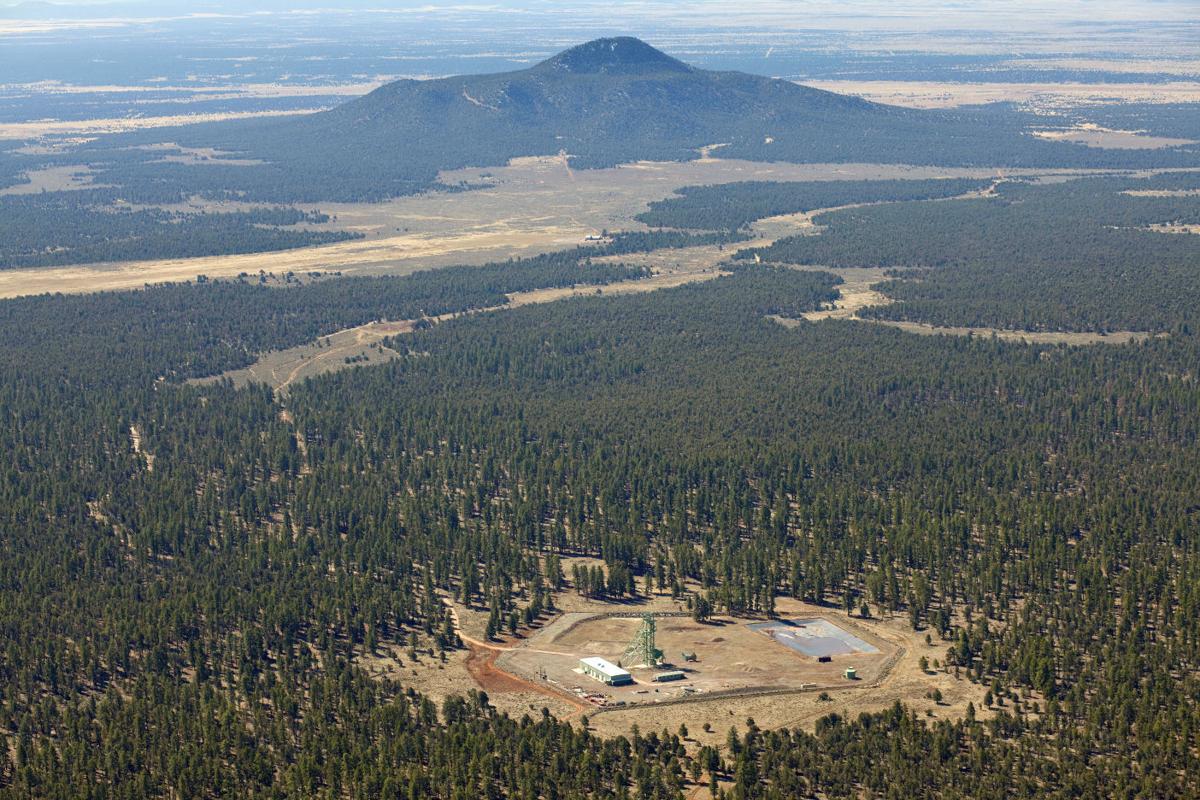The U.S. Supreme Court on Monday rebuffed a bid by mining interests to overturn a 20-year ban on extracting uranium from about a million acres around Grand Canyon National Park.
It is a major victory for environmental groups and the Havasupai Tribe.
The justices, on their first day back from summer recess, refused to consider a claim by the National Mining Association that allowing the U.S. Interior Department to make such unilateral decisions violates Congress’ right to decide the use of such public property. The justices gave no reason for their action.
Monday’s move leaves intact a 2017 ruling by the 9th Circuit Court of Appeals that Kenneth Salazar, who was Interior secretary in the Obama administration, had the right to take the action in 2012, banning new mining claims around the national park.
The 9th Circuit noted “the possible impact of additional mining on perched and deep aquifers,” as water could become contaminated with uranium and arsenic; “and the effect of radionuclide exposure on plants, animals and humans.”
The appellate court said while there may be differences in opinion on what danger the mining poses to the water supply, that did not make the withdrawal of the land by Salazar either arbitrary or capricious. The unanimous three-judge panel also said Salazar did not violate requirements for the federal government to promote multiple uses of public lands.
The implications from Monday’s decision are far broader than whether uranium mining around the Grand Canyon will be off limits through at least 2032. The decision gives Interior broad latitude in declaring other areas off limits for mineral production. Timothy McCrum, attorney for the mining group, had told the justices that could affect the availability of hundreds of millions of acres of federal lands for mineral and other development.
The decision drew praise from various groups that intervened in the case to keep the ban intact, including the Havasupai Tribe.
“The mineral withdrawal is a necessary way to protect the land and the water that our people and our village depend on,” said tribal Chairwoman Muriel Coochwytewa in a prepared statement.
While the legal arguments have run out, Monday’s ruling may not put the issue of mining near the canyon to rest.
Earlier this year, Interior published a list of 35 minerals considered “critical to the economic and national security of the United States.”
And in July the Commerce Department launched an investigation into whether the “quantity and circumstances of uranium ore and produce imports into the United States threaten to impair our national security.” That followed a conclusion by the agency that uranium production, which had met 49 percent of U.S. requirements in 1987, had fallen to just 5 percent.
That latter investigation in particular could lead to a requirement that at least 25 percent of the uranium needed in the U.S. come from domestic sources.
“That could potentially open up places around Grand Canyon,” said Sierra Club lobbyist Sandy Bahr, as there is additional pressure on the administration and Congress to overturn the 20-year ban.
Mining association spokesman Connor Bernstein said “unwarranted” withdrawals like this of public lands from mining endanger mineral supplies, and not just uranium.
“Our import dependence for key mineral commodities has doubled over the past two decades,” he said. “As it is the U.S. is 100 percent import dependent for 21 key mineral resources and more than 50 percent import dependent for an additional 29 mineral commodities.”
The association is counting on the Trump administration. “This administration is looking at all these issues with a fresh set of eyes,” said Bernstein.





